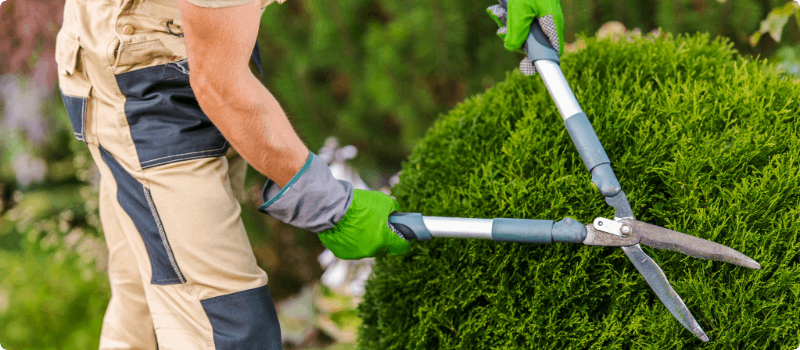What to know about living in a duplex
Updated June 13, 2024 . AmFam Team
Thinking about renting a duplex as your next home? Duplex living has similarities to life in an apartment or single-family home, but it’s complete with its own set of pros and cons. We’ve put together a list of must-knows for anyone considering renting and living in a duplex — check them out and see if you’re about to make the right housing decision for your family.
Sharing space with your neighbors
Unlike living in a single-family home, you won’t have 100 percent of your rented space to yourself when you live in a duplex. Here’s a list of what you can expect to share with the tenants of the other unit:
Walls. You’ll have at least one shared wall with the other duplex unit, and that means you might hear some noise from the other side. Unless the other tenants have a lot of get-togethers with plenty of guests, the noise should rarely be louder than what you’d experience living in an apartment complex.
When planning the layout of your new home, consider the other tenants by avoiding putting your TV on the shared wall. And to make sure you’re not constantly exposed to the slightest noise of the other unit, avoid putting your living room couches, chairs and other seats along the shared wall, too.
Front and backyards. Duplexes commonly share the green space in the front and back of the units. Making sure to take special care of that space can be crucial to maintaining a good relationship with your neighbors and landlord. If you have pets, make sure to clean up after them in the yard and leash them appropriately even when they’re in the yard.
Entryways. Your duplex could share an entryway, or at least common space near your front door, with your neighbors. Making sure to keep your portion of the entryway clear of snow, ice or mail packages can make the area safer and your neighbors happy, too.

Responsibilities as a duplex renter
When you rent a duplex, your responsibilities will be much closer to those of a single-family home renter versus an apartment renter. Be prepared to take care of these things while you live in your duplex:
Lawn care. Your lease should specify who is responsible for lawn care. Sometimes landlords will hire a lawn care company to take care of it, building that cost into your rent. Still, you should be prepared to mow, weed and trim all greenery on your side of the duplex.
Maintenance. While your landlord or a hired maintenance person will technically be responsible for fixing any issues you have with things like plumbing, lighting and appliances, you should be prepared to keep the property in good shape.
Take out the trash regularly, keep the place clean and report any issues to your landlord immediately so they don’t worsen and can be fixed quickly. Reporting issues right away is more important when you live in a duplex as your landlord likely won’t be able to show up as soon as a maintenance person in an apartment complex would.
Snow and ice removal. Shoveling your driveway, walkways that border your unit and any other spaces you share with the other renters could be your responsibility — and so could salting away any ice on those areas, too. Make sure to have shovels and sidewalk salt on hand even if it isn’t your responsibility. Keeping your family and neighbors from slipping and falling on the snow or ice is priority number one. Check your lease agreement for specifics.

Benefits of living in a duplex
Now that we’ve covered the less-glamorous parts of living in a duplex, it’s time to go over the many benefits. Here are some reasons a duplex could make for a great next home:
It can feel much more like a home. Rather than having a lot of neighbors just down the hall in an apartment complex, duplexes offer a home-like feel with your own front door and garage. No more squeezing past other tenants in a hallway with arms full of groceries!
It’s more likely to have on-site laundry. Duplexes are much more likely to include a washer and dryer than an apartment. Not only will you avoid the time-consuming task of lugging your dirty clothes to the laundromat, but you’ll save some money each week, too.
You’ll get more privacy. Minus sharing a wall with your neighbor, you’ll have the privacy of a single-family home. Duplexes are generally more spacious than the average apartment, too, so you can enjoy your time at home without worrying that your upstairs, downstairs and next-door neighbors can hear your every step.
You’ll have more of a neighborhood feel. Apartments exist in all types of areas — in urban, suburban and metropolitan areas, business districts and more. Most duplexes, however, are in areas surrounded by other duplexes and single-family homes. You’ll get the neighborhood camaraderie and vibe, and most of the time, you’ll get it with a lower cost than that of a single-family home.
While you’re living in a duplex, you can still get top-notch renters insurance to protect everything you’ve worked for. Talk to your American Family Insurance agent about getting the coverage and peace of mind you deserve.
This article is for informational purposes only and based on information that is widely available. We believe this information is accurate but do not make any guarantees or promise any results based on this information.

